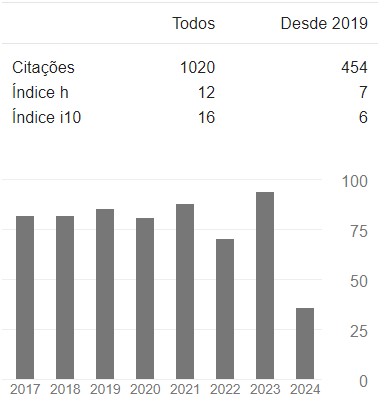Debauchery and homosexuality in Petrus Borel’s Madame Putiphar (1839)
DOI:
https://doi.org/10.5433/1678-2054.2010v18p100Keywords:
Madame Putiphar, Frenetic Romanticism, Erotic literature, LesbianismAbstract
Pétrus Borel, leading figure of the frenetic romanticism of 1830, writes the novel Madame Putiphar (1839) aiming to uncover the corruption and debauchery of the French court of the eighteenth century during the reign of Louis XV, at which time the story takes place. Among the characters in the narrative, the royal maid, homosexual, has a great relevance to the story since her function is to teach libertine practices to the King’s mistresses, becoming a key player in the dissolute dynamic of power. Finally, it is worthy of mention that the representation of the lesbian character as a sex instructor is the resumption of a character-type of the eighteenth century’s erotic literature, going back to the works of Sade and the Marquis d’Argens.Downloads
References
BOREL, Pétrus. 1999. Madame Putiphar. Ed. de Jean-Luc Steinmetz. Paris: Phébus.
CUSSET, Catherine. 1998. Les romanciers du plaisir. Paris: Honoré Champion.
DARNTON, Robert. 1989, Boemia literária e revolução: o submundo das Letras no Antigo Regime. São Paulo: Companhia das Letras.
MAINGUENEAU, Dominique. 2007. La littérature pornographique. Paris: Armand Colin.
SADE. 1967. Histoire de Juliette. Paris: Éditions du cercle du livre précieux.
TROUSSON, Raymond, org. 1993. Romans libertins du XVIIIe
siècle. Paris: Robert Laffont.
Downloads
Published
How to Cite
Issue
Section
License
Authors who publish in this journal agree to the following terms:
a) The authors retain the copyright and grant the journal the right of first publication, the work being simultaneously licensed under the Creative Commons Attribution-NonCommercial 4.0 International License, allowing the sharing of the work with acknowledgment of the authorship of the work and initial publication in this journal.
b) Authors are authorized to assume additional contracts separately, for non-exclusive distribution of the version of the work published in this journal (eg, publish in an institutional repository or as a book chapter), with acknowledgment of authorship and initial publication in this journal.
c) Authors are allowed and encouraged to publish and distribute their work online (e.g. in institutional repositories or on their personal page) after the editorial process, as this can generate productive changes as well as increase impact and citation of the published work (See The Effect of Open Access).
d) The authors of the approved works authorize the journal to, after publication, transfer their content for reproduction in content indexers, virtual libraries and the like.
e) The authors assume that the texts submitted for publication are of their original creation, taking full responsibility for their content in case of any objection by third parties.


















